By 2020, no one will be killed in a new Volvo. Think about that for a second. Even for a company as highly regarded for its automotive safety as Volvo, that’s an almost unthinkable task. Yet that’s its aim.
Every year, 1.3 million people lose their lives on the roads worldwide, while between 20 million and 50 million are injured. According to the World Health Organisation, 92 per cent of those deaths occur on the roads of low-income and middle-income countries. Yet these countries account for just 53 per cent of all registered vehicles.
The goal is made harder by the EU-led drive to reduce emissions, which means cars must be made lighter, potentially affecting their crashworthiness. Volvo’s solution is to develop cars that take account of their surroundings. The message is clear: Volvo will develop cars that are harder to crash, rather than ones that will protect occupants more if you crash. One insider joked that Volvo could build cars from paper and they would still be safe.
This philosophy is nothing new. It led to the launch of functions such as City Safety, which reduces the chances or severity of a low-speed shunt, in 2007. What is new are the measures that Volvo will take.
The long-term goal is to develop fully autonomous vehicles. But Volvo admits that there are still many obstacles it needs to overcome, not least to do with legislation and infrastructure, even though, ostensibly, the technology to do it already exists. A series of technical demonstrations by Volvo revealed that cars are able to steer, stop and avoid obstacles both during the daytime and at night. Volvo is also developing cars that can park themselves and return to an agreed pick-up point at the tap of a smartphone screen.
Remove the weak point from the process of driving — the driver — and the roads will become a safer place, claims Volvo.
Much of this new technology will be featured in the second-generation Volvo XC90, but the more advanced autonomous features won’t be seen for five or 10 years hence. Volvo is aware that the most advanced safety technology will come at a cost to the customer, but most of the new features use hardware already available. The secret is the ingenuity with which the features are packaged. Most of them use the same camera and radar systems — even night vision pedestrian detection, which shuns expensive infrared technology for a camera that has a wide exposure control.
The technology has been designed to be low-cost and Volvo already has a lucrative business licensing new developments. But whether super-budget brands such as Dacia, Tata or Maruti would fit such systems in cars marketed in poor countries is moot.
ANIMAL DETECTION
In Sweden, 50,000 collisions with animals are recorded annually. Of those, 6000 are with moose. The animals, which can stand two metres high, weigh up to half a tonne. In a collision, the legs fail to activate a car’s crumple zones, so the full force of the collision is borne by the A-pillars. The system reacts to potential dangers in 500 milliseconds and will slow the car to ensure that the A-pillars can sufficiently protect the cabin. It has ‘learnt’ pictures of a range of animals from safari parks.
ROAD EDGE AND BARRIER DETECTION WITH STEER ASSIST
According to Volvo’s figures, 25 per cent of accidents are triggered by a car leaving the road. Of those, two-thirds are at speeds of more than 43mph. In effect, the next generation of lane departure avoidance scans the sides of the road. Should the driver veer towards a barrier or the edge of the road, the car will steer in the opposite direction and pulse the brakes if required. It will be fitted to the next-generation XC90.
PEDESTRIAN PROTECTION IN THE DARK
A number of manufacturers have their own take on pedestrian detection during darkness, but Volvo will be the first to combine it with automatic braking. The kit, which will be offered on the 2014 XC90, uses the camera shared by myriad other features, which can work in bright sunlight or on roads lit only by dipped headlights. Infrared cameras were deemed too expensive. The system emits an audible warning before applying the brakes. It can recognise pedestrians and cyclists.
CAR-TO-CAR COMMS
Standardised systems won’t be agreed until at least 2016, but cars that communicate with other vehicles and street furniture have myriad benefits. The Wi-Fi-based technology allows the possibility of offering the optimum speed to approach traffic lights to ensure a ‘green’, issuing alerts if cars ahead are braking (even if they’re out of sight) and warning of obstacles in the road, such as broken-down cars.
AUTONOMOUS PARKING
This is a real statement of Volvo’s autonomous ambitions: a car that can park and retrieve itself. As long as the car park has provided information about the number of free spaces, the car can be dropped off in an agreed zone and will search out a parking space at the touch of a button on a smartphone app. The app will message the driver when the car has parked. Tap another button and the car will return to its owner.
VOLVO BEATS GERMANS ON THEIR SOIL
Volvo has come top of the 2013 JD Power German Vehicle Ownership Satisfaction Study (VOSS). The survey covers vehicles that are between one and three years old. The Swedish maker led the 25 manufacturer brands in the survey with an average score of 832 points out of a possible 1000.
JD Power says Volvo scored highly in “vehicle quality, reliability and appeal”. Toyota, which came second with 816 points, was rated highly for “vehicle servicing costs and vehicle servicing”.
The survey weighs owners’ feedback, with vehicle quality and reliability accounting for 24 per cent of the points, vehicle appeal 27 per cent, ownership costs 25 per cent and service satisfaction 23 per cent. Alfa Romeo and Porsche were left out of the survey because the sample sizes were too small.
Toyota models led in the individual model stakes, with the Aygo the highest-rated city car and the Yaris and Prius topping the small and compact categories. Volkswagen’s Passat CC led the mid-size models and the Volvo V70/XC70 came ahead of the Audi A6 and Mercedes-Benz E-class in the luxury class.
The Vauxhall/Opel Meriva was the highest-rated mini-MPV, the Seat Altea/XL topped the MPV category and Honda’s CR-V was the best-rated SUV.
Mark Lendrich, senior research manager at JD Power Europe, said: “Owners of premium brands are more concerned about abstract concepts of ownership — such as safety, quality of workmanship, image, comfort and styling — compared with volume-brand owners, who are more concerned with the practical elements of ownership, such as getting a good deal or buying a new vehicle with low fuel consumption.”

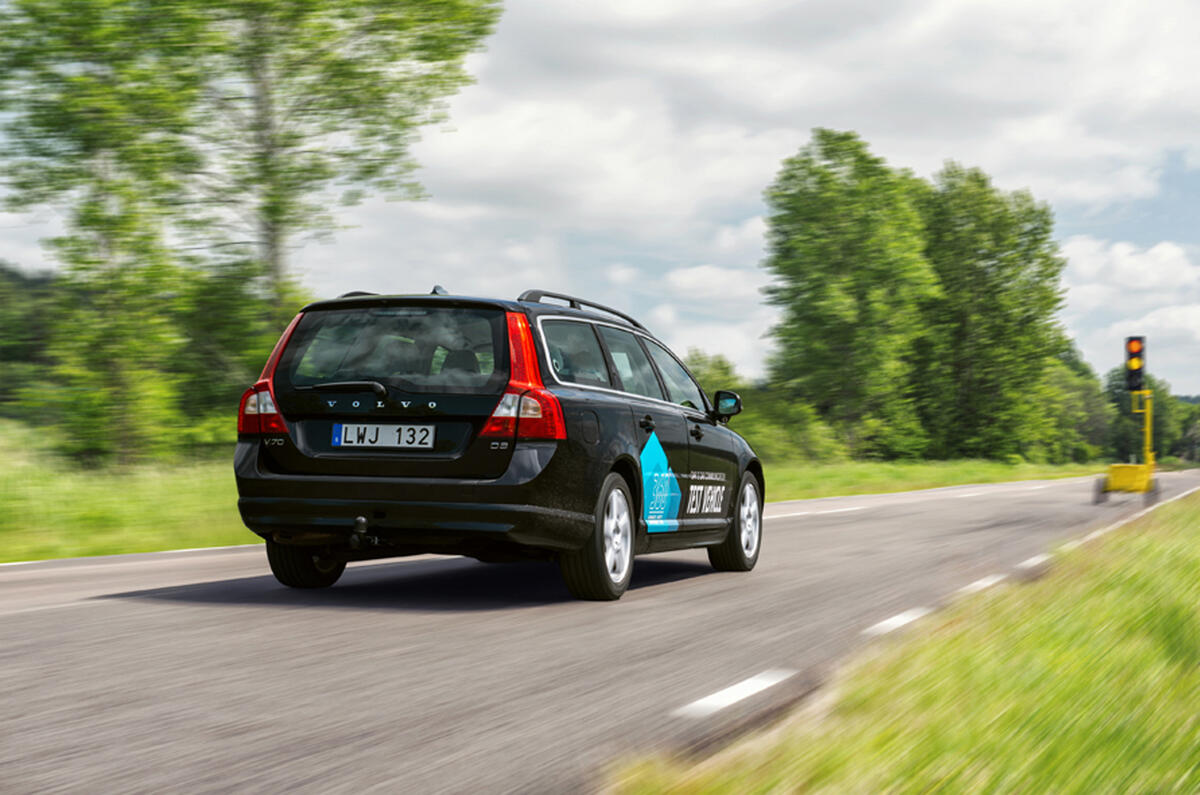
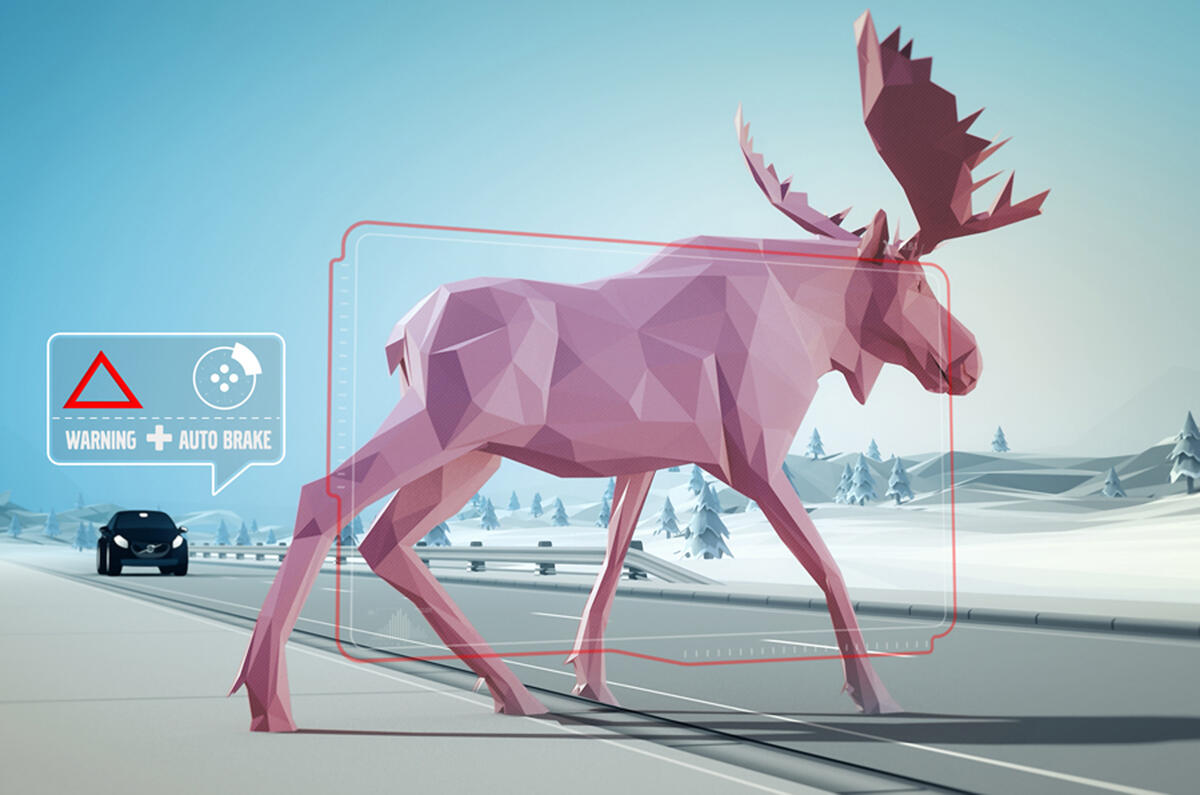
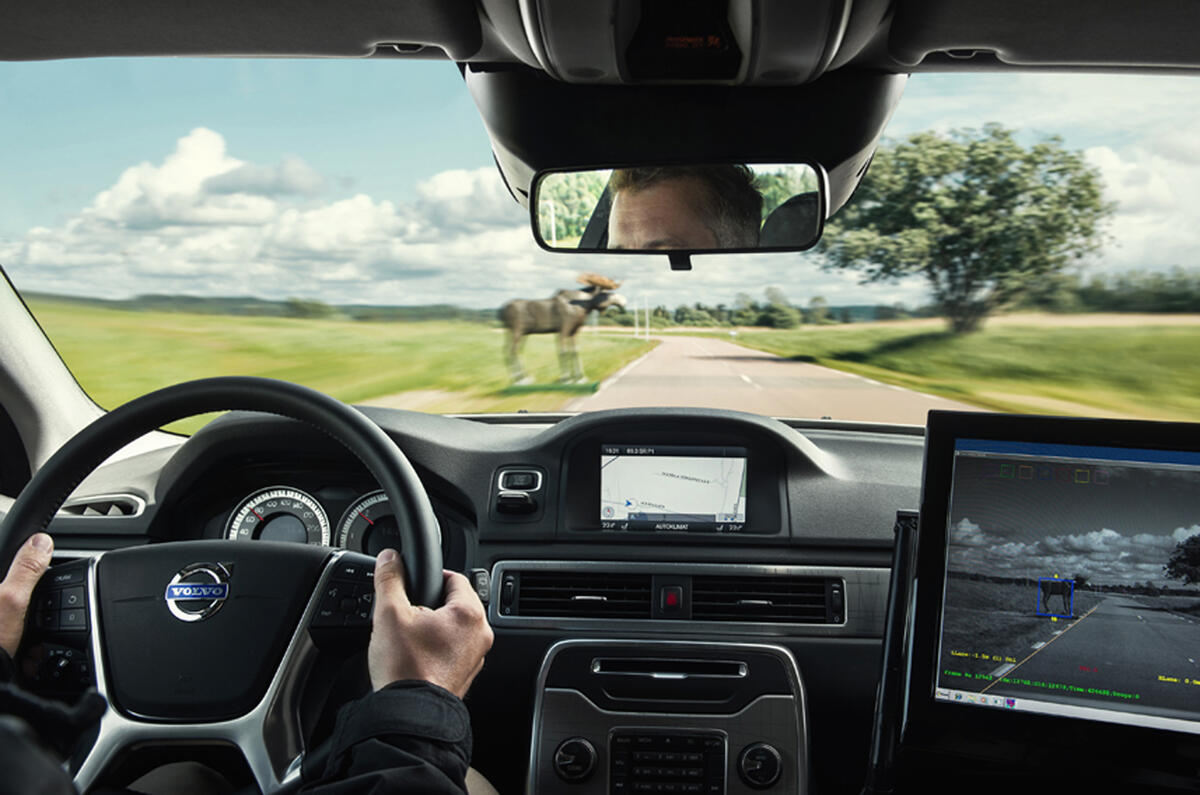
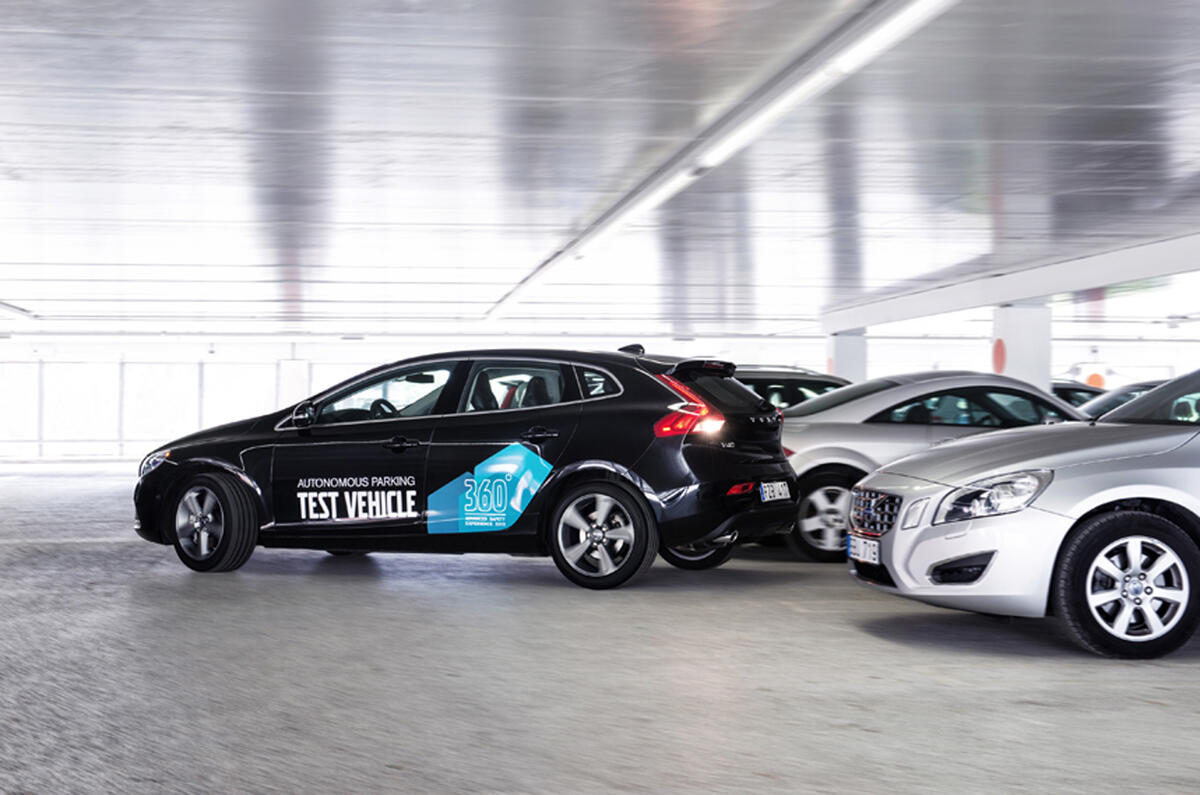

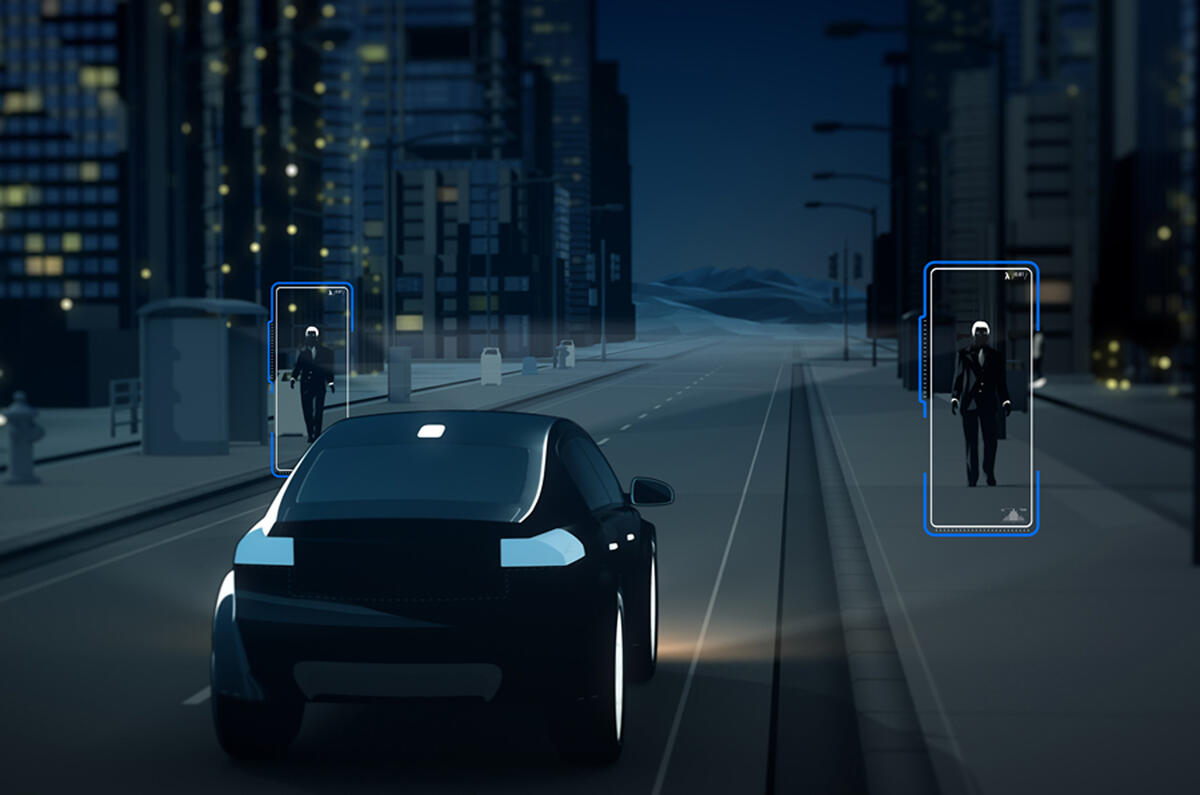

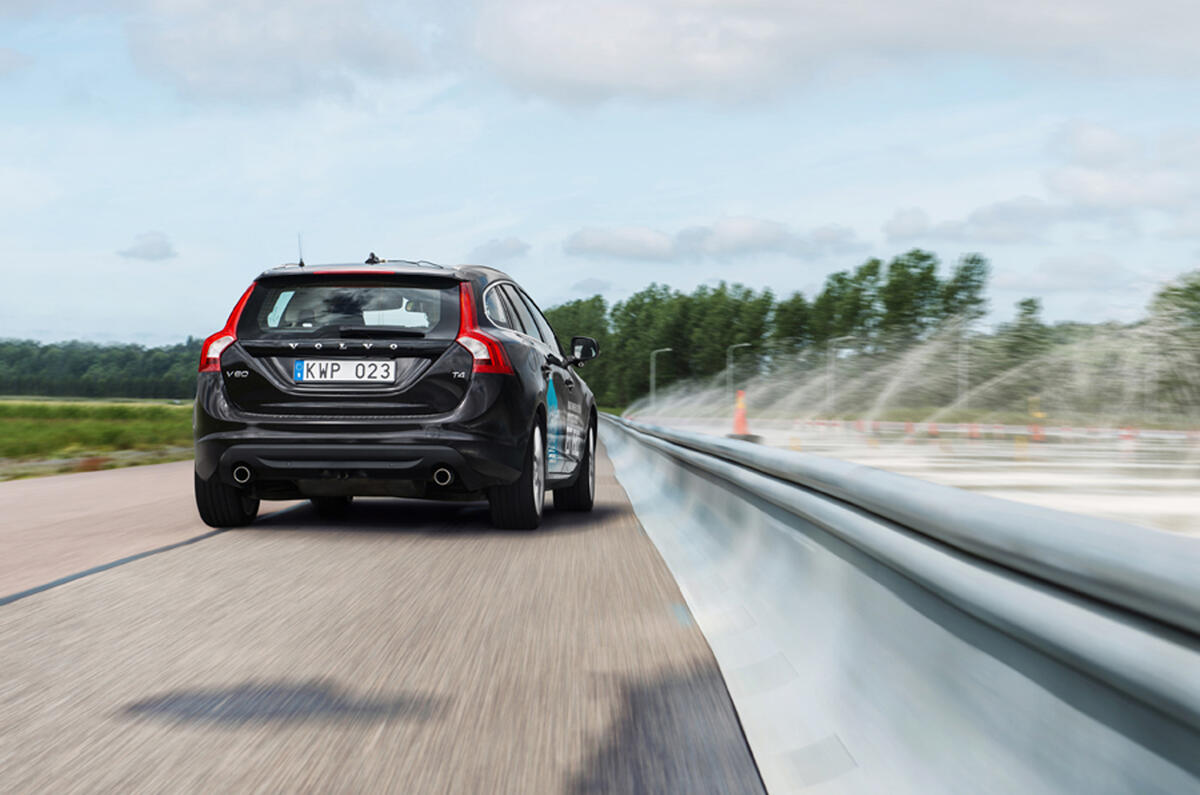
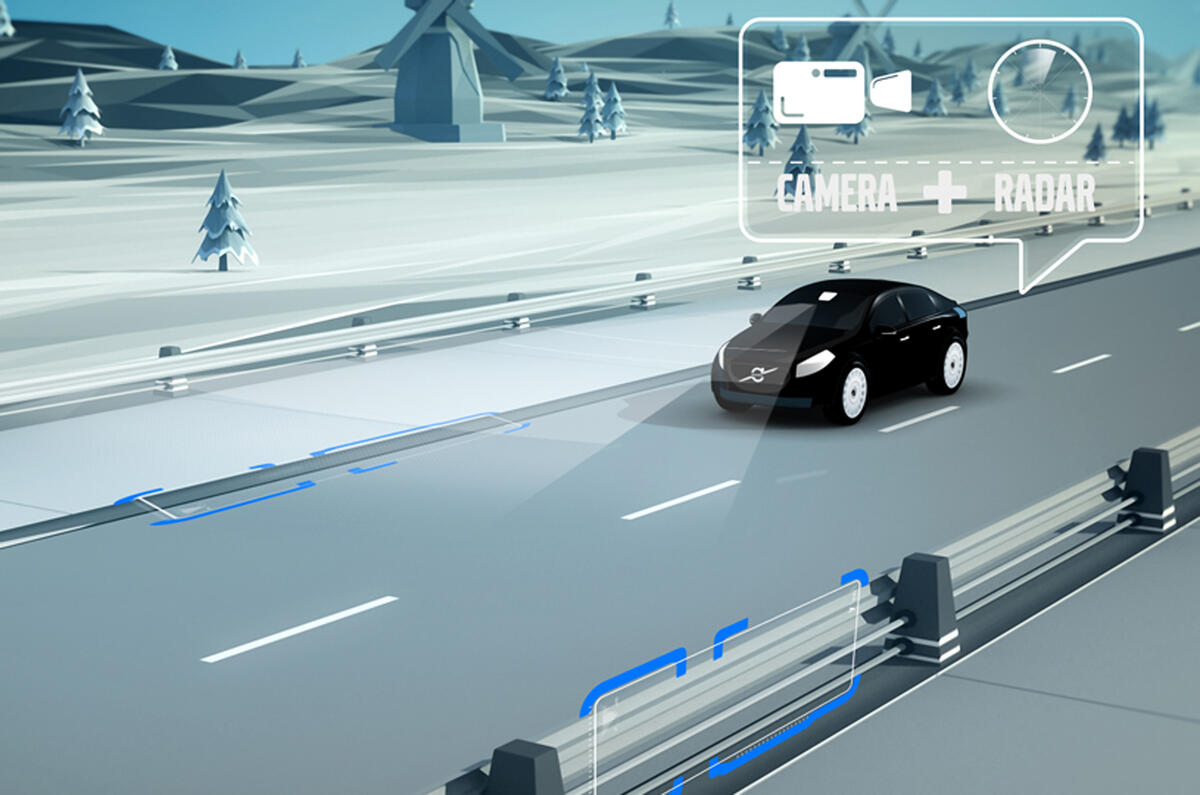

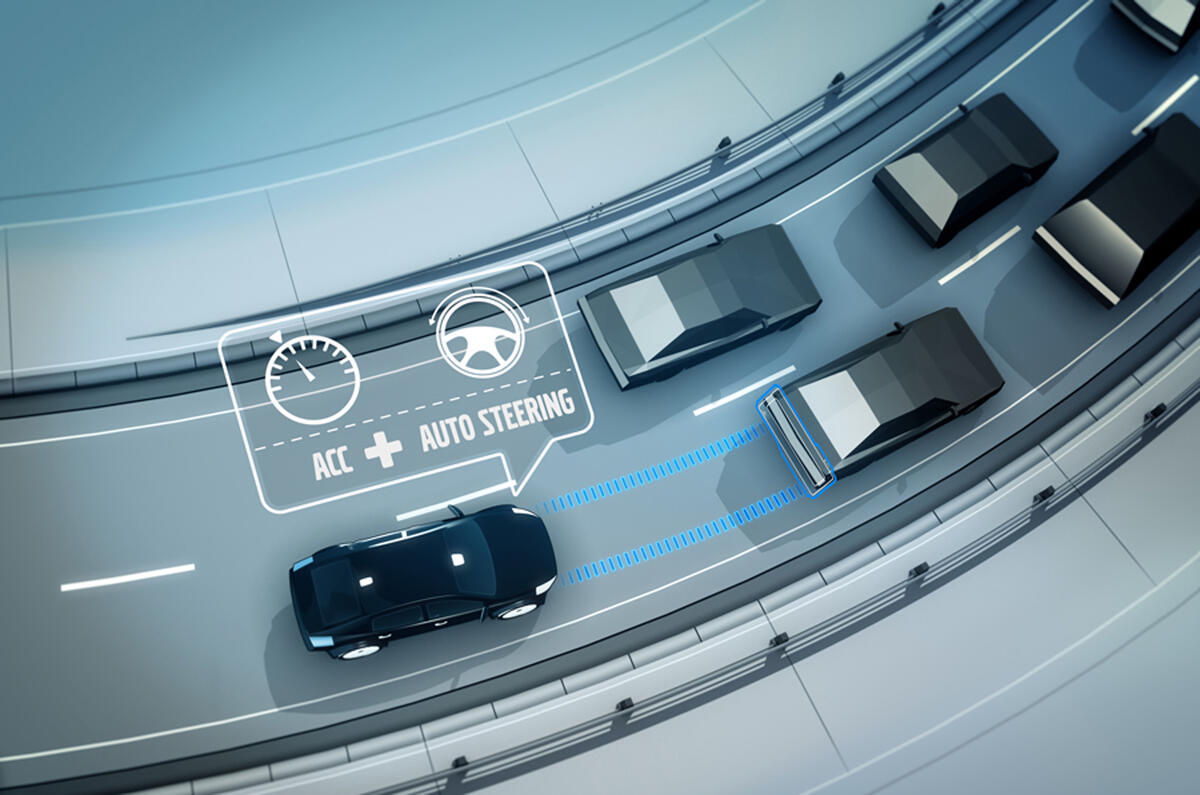
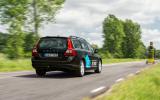

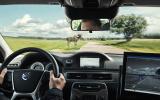
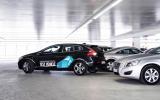

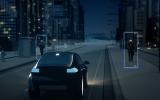

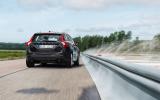
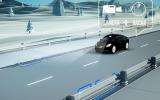
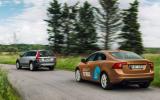



Join the debate
Add your comment
City Safety
@MikeInBath - Have seen many video demonstrations of the City Safety. Glad to hear it is doing great things!
Hi Ben, yes, I have tried it
Hi Ben, yes, I have tried it myself. It's a leap of faith when you turn your head to the side and drive blindly towards reflective bollards at 30 mph. As the car comes to a safe controlled stop you realise why you bought a Volvo.
See the Fifth gear V40 vs E class, Mercedes charges £2000 for their system on a £63000 car. Volvo's is a standard item on all Volvo's. Volvo avoided the Thatcham test car at 55mph, Mercedes crashed into the test car at 50 mph. Who cares the most? Audi has a pathetic pre primer of brakes and airbags, it doesn't stop you colliding and they have a nerve to charge for that too!
Hilarious statement!
@UncleMellow. We are happy you don't drive them either, as they are fine for everyone else. Being a Volvo owner, I can tell you that the indicator stalks are in exactly the same location as all of my previous cars. Maybe time to go back to driving school or just give up trolling?
Bold vision
"By 2020 no one will be killed in a new Volvo."
Volvo's committment to safety is unmatchable.
More than half the safety features on today's cars - regardless of their make - have been invented by Volvo.